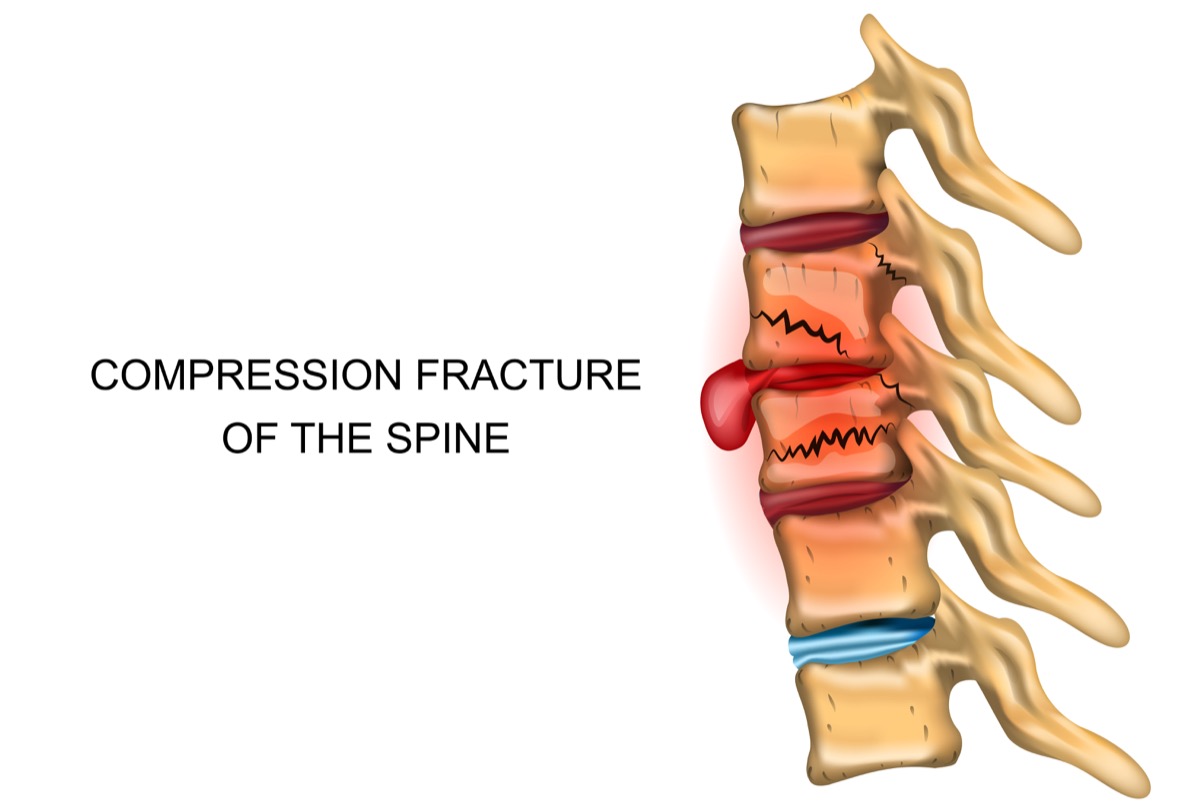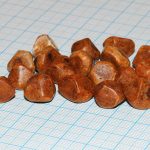Spinal Compression Fractures

Spinal compression fractures are commonly caused by osteoporosis, or a thinning and weakening of bone. As the fracture heals, the spine may end up with kyphosis, or a hunch-like curvature of the thoracic spine, which is sometimes referred to as a “dowager’s hump.” Loss of height, sometimes as much as six inches or more, is often a clue to diagnosing spinal compression fractures.
Conservative measures treat spinal compression fractures the best, such as bed rest, pain medication, and physical therapy. Surgery is rarely needed, but some techniques include vertebroplasty (injecting concrete into the spinal fractures), balloon kyphoplasty (injecting cement into the fractures after restoring height with a balloon), and spinal fusion (joining two or more backbones together permanently for stability).
More from Things Health
-
Understanding the Causes of Leg Cramps
Leg pains and cramps can be a very uncomfortable experience for anyone. Thus, it is essential that you understand what remedies will work for you…
-
5 Warning Signs of Inflammatory Disease
Inflammation is an incredible bodily process. It helps to defend us against bacterial infections, viruses and other intruders. The acquired immune system develops to understand…
-
Causes Of Itchy Eyes
Did you know that insufficient humidity inside the body may cause dry itchy eyes? If you're somebody who does not drink enough fluids each day…
-
10 Causes of Chest Pain That Are Not Your Heart
For many, an experience of chest pain leads to panic and the assumption that it must be related to the heart, worst-case scenario being a…
-
10 Common Causes of Gallstones
Gallstones are made up of cholesterol that develop in the gallbladder and are usually harmless. However, in the event that they grow larger and start…






